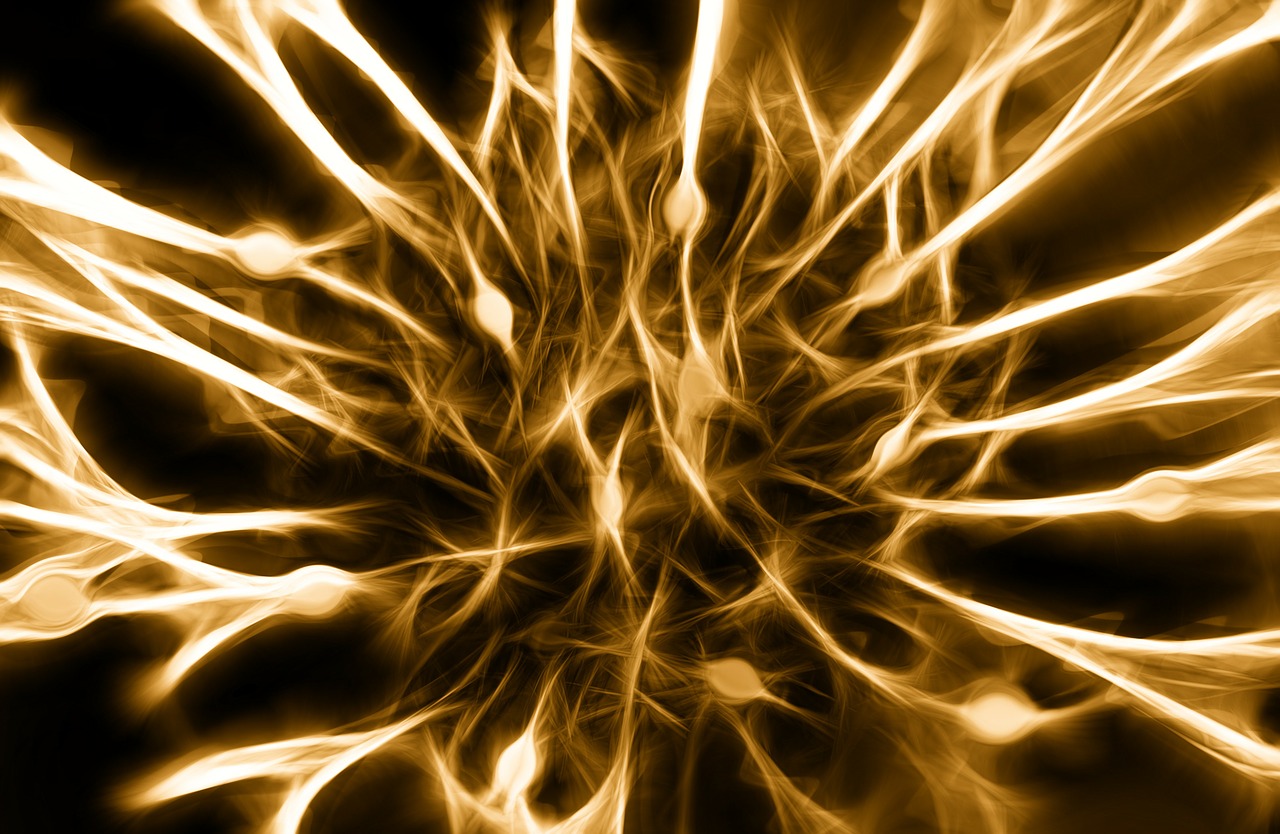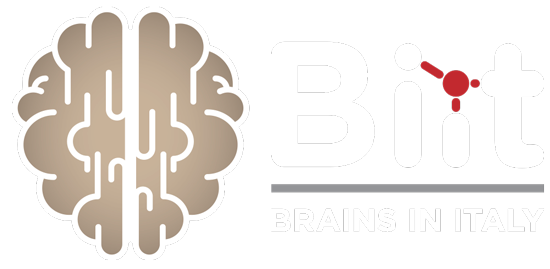TOO MANY CONNECTIONS
An excess of synapses triggers autism spectrum disorder
ECCESSO DI CONNESSIONE
Un eccesso di Sinapsi Causa un particolare disturbo dello spettro autistico


Linguaggio e comportamenti sterotipati, forme di comunicazione ed interazioni molto e/o poco accentuati vanno a rappresentare quello che è il quadro clinico generale di soggetti affetti da disturbi dello spettro autistico. Nel dettaglio, da un punto di vista molecolare, la condizione di pazienti con autismo risulta difficile da definire.
Eppure molti ricercatori si impegnano a descrivere biologicamente l’autismo. Tra questi, vi sono i ricercatori dell’Istituto Italiano di Tecnologia (lit) di Rovereto e dell’Università di Pisa. Essi, coordinati da Alessandro Gozzi, Michael Lombardo e Massimo Pasqualetti, hanno analizzato un’area del cervello che è responsabile della comunicazione ed in essa hanno osservato una eccessiva quantità di connessioni tra i neuroni (le cosidette sinapsi) . Questo eccesso di sinapsi è stato osservato in topi attraverso la tecnica della risonanza magnetica.
Da un punto di vista molecolare, questi riceratori sono riusciti a comprendere che tale eccesso è causato da un’alterazione biologica di una proteina chiamata mTor. Tale proteina è capace di regolare la produzione delle sinapsi che vanno ad instaurarsi tra i neuroni.
Pertanto i ricercatori hanno pensato di trattare l’alterata proteina con farmaci specifici e hanno dimostrato che quando essa viene a contatto con il farmaco, la sua attività viene bloccata e di conseguenza, viene inattivata la produzione eccessiva di sinapsi. In questo modo, la comunicazione tra neuroni viene riportata ad un equilibrio fisiologico.
Successivamente, dall’osservazione di modelli animali, si è passati all’uomo! Infatti, i ricercatori, attraverso l’impiego di analisi genetiche, hanno identificato un sottogruppo di pazienti che mostravano l’alterazione cerebrale simile a quella individuata nei topi.
Uno studio che ha messo alla prova l’uomo, il quale, grazie alla scienza mette in evidenza realtà fino ad ora del tutto sconosciute!
Autore del post: Mariagiovanna Di Chiano/PhD Student
Istituto di appartenenza: Università degli Studi di Bari
Ruolo: PRESS OFFICE
Doi originale: https://doi.org/10.1038/s41467-021-26131-z
Link diretto alla fonte: https://www.nature.com/naturecommunications
Articolo Divulgativo in Inglese:
Sterotyped language and behaviors, very and / or little accentuated forms of communication and interactions represent the general clinical picture of subjects affected by autism spectrum disorders. In detail, from a molecular point of view, the condition of patients with autism is difficult to define. Yet many researchers are committed to biologically describing autism. Among these, there are researchers from the Italian Institute of Technology (lit) of Rovereto and the University of Pisa. They, coordinated by Alessandro Gozzi, Michael Lombardo and Massimo Pasqualetti, analyzed an area of the brain that is responsible for communication and observed an excessive amount of connections between neurons (the so-called synapses) in it. This excess synapse was observed in mice through the magnetic resonance technique. From a molecular point of view, these researchers were able to understand that this excess is caused by a biological alteration of a protein called mTor. This protein is capable of regulating the production of synapses that are established between neurons. Therefore, the researchers thought of treating the altered protein with specific drugs and showed that when it comes into contact with the drug, its activity is blocked and consequently, the excessive production of synapses is inactivated. In this way, the communication between neurons is restored to a physiological balance. Subsequently, from the observation of animal models, we moved on to man! In fact, the researchers, through the use of genetic analyzes, identified a subgroup of patients who showed brain alteration similar to that found in mice. A study that has put man to the test, who, thanks to science, highlights realities hitherto completely unknown!



